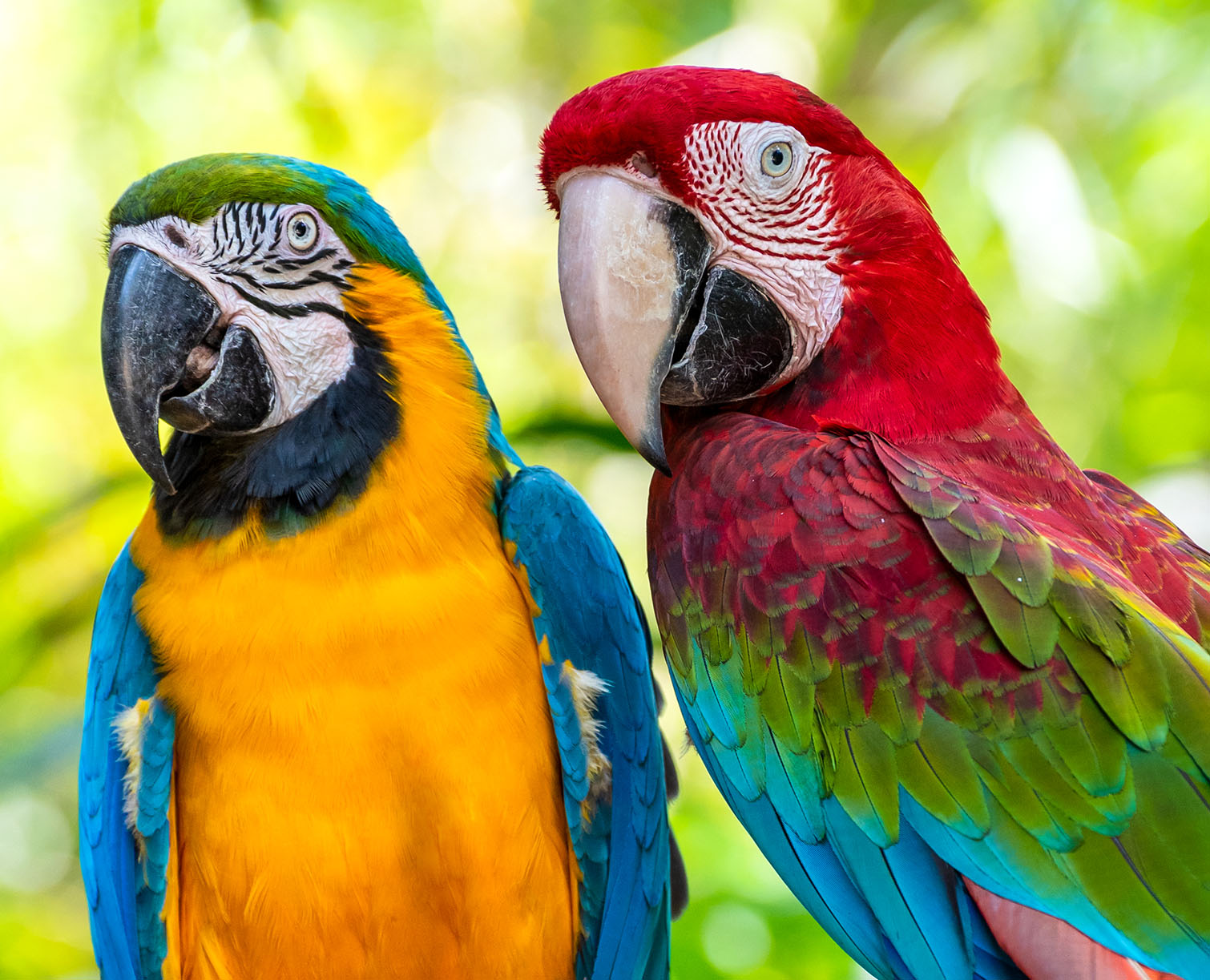
With their vivid plumage, sharp intelligence, and social charm, macaws are among the most iconic members of the parrot family. Native to Central and South America, these colorful birds have captivated humans for centuries with their striking appearance and complex behavior. But did you know there are several different types of macaws, each with its own unique traits and adaptations? Let’s take a closer look at some of the most notable macaw species.
The Major Types of Macaws
1. Blue-and-Yellow Macaw (Ara ararauna)
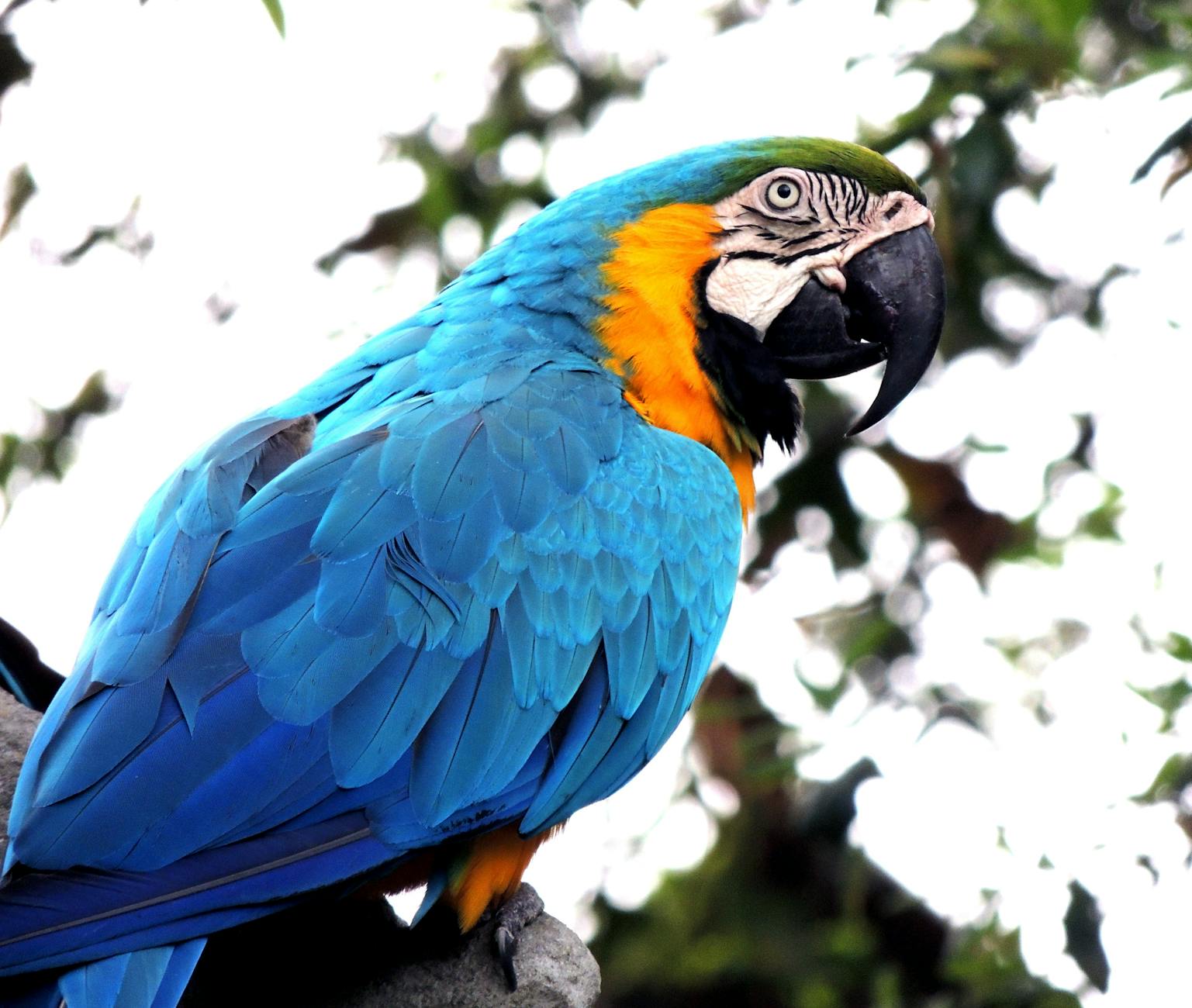
Perhaps the most recognizable, this species boasts brilliant blue wings and back, a golden-yellow chest, and a green forehead. These macaws are highly social and intelligent, often kept as pets (though they require extensive care and space). In the wild, they inhabit forests and swamps across northern South America.
Fun fact: Their powerful beaks can crack open Brazil nuts—no easy feat!
2. Scarlet Macaw (Ara macao)
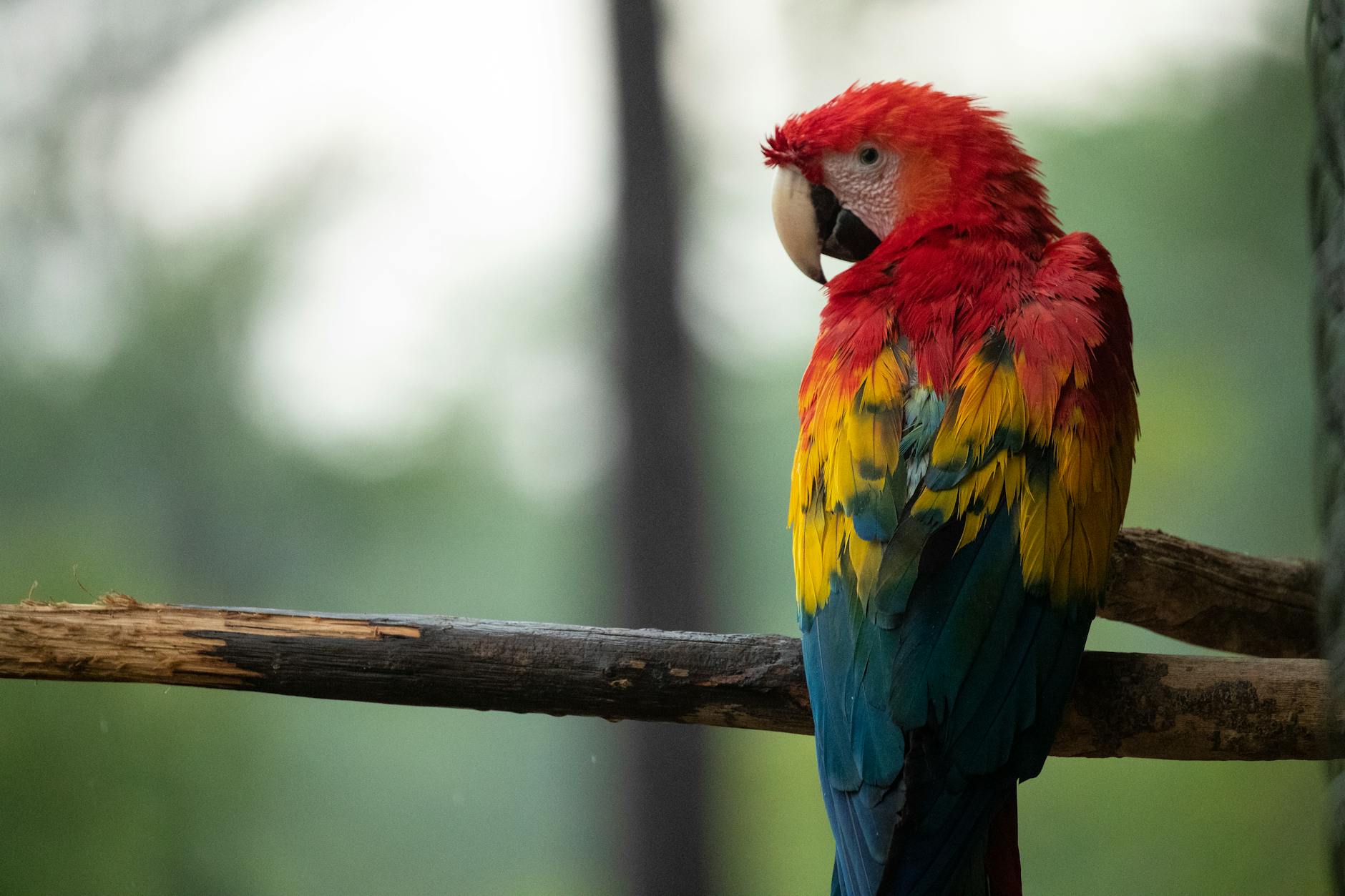
Another standout, the Scarlet Macaw is mostly red with bright yellow and blue wing feathers. Found in Central and South American rainforests, they’re not only beautiful but also long-lived, with some individuals living over 50 years in captivity.
Fun fact: Scarlet Macaws often mate for life and can be seen flying in pairs.
3. Green-Winged Macaw (Ara chloropterus)
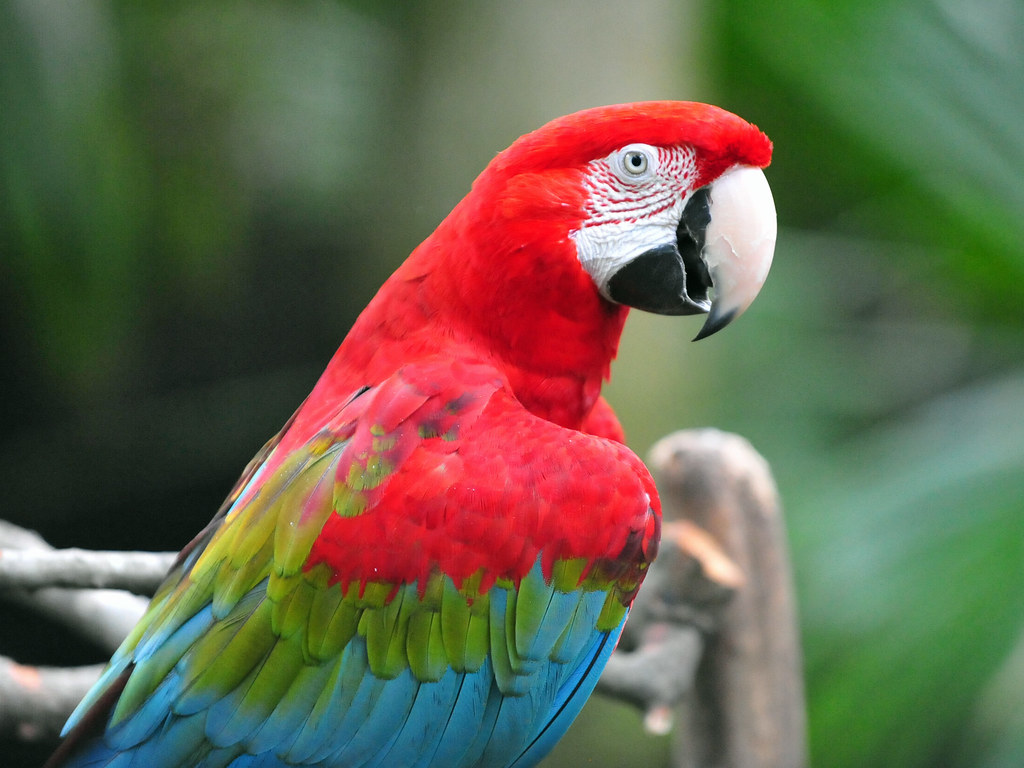
Often confused with the Scarlet Macaw, the Green-Winged is slightly larger and features green (not yellow) wing feathers. They’re one of the gentler macaw species and are known for their strong pair bonds and affectionate nature.
Fun fact: Despite their size, Green-Winged Macaws are surprisingly graceful flyers.
4. Hyacinth Macaw (Anodorhynchus hyacinthinus)
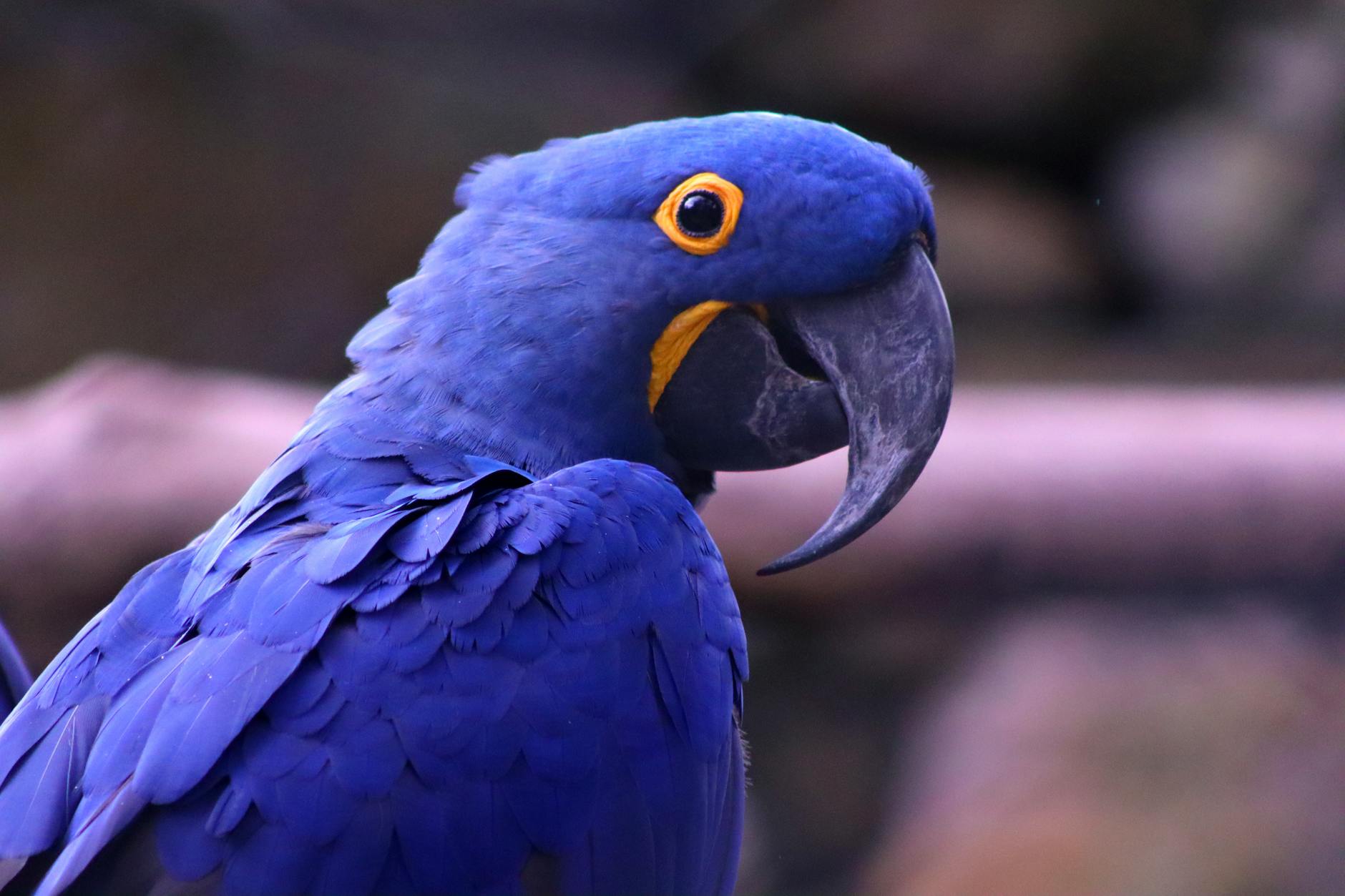
The largest of all parrots, the Hyacinth Macaw is a deep cobalt blue with a bare yellow ring around its eyes and lower beak. Native to Brazil’s savannas and woodlands, they’re incredibly strong and can crush the hardest nuts with ease.
Fun fact: Despite their imposing size, they’re known as “gentle giants” for their sweet temperament.
5. Military Macaw (Ara militaris)
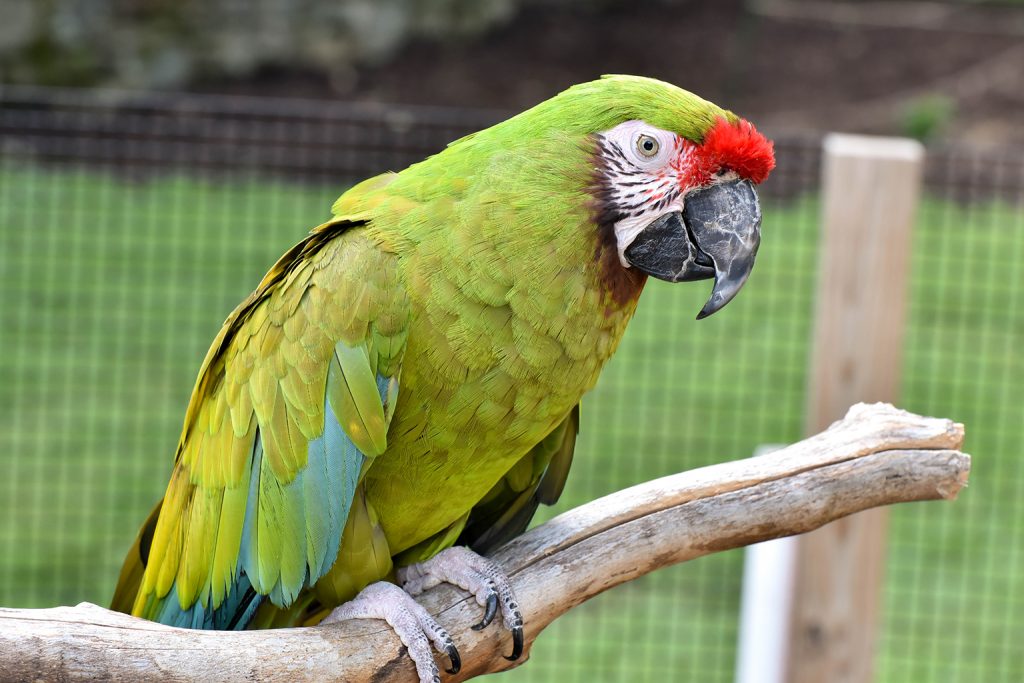
A medium-sized macaw, the Military Macaw has mostly green plumage with hints of red and blue. It prefers dry forests and mountainous regions of Mexico and South America. Their name comes from their army-green feathers.
Fun fact: They’re quieter than many other macaw species—though still not silent!
6. Blue-Throated Macaw (Ara glaucogularis)
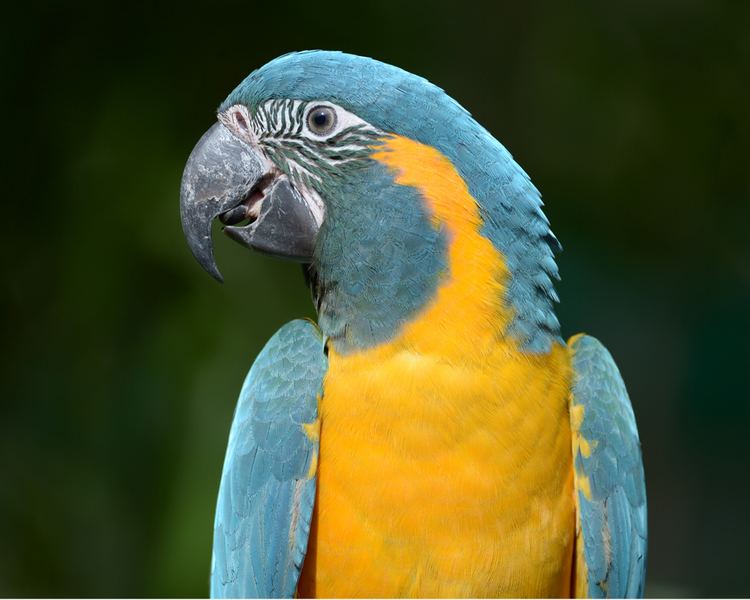
Endemic to Bolivia and critically endangered, this striking bird sports turquoise-blue feathers and a distinctive blue patch on its throat. Conservation efforts are underway to protect their small remaining population.
Fun fact: There are fewer than 500 individuals left in the wild, making them one of the rarest macaws.
7. Red-Fronted Macaw (Ara rubrogenys)
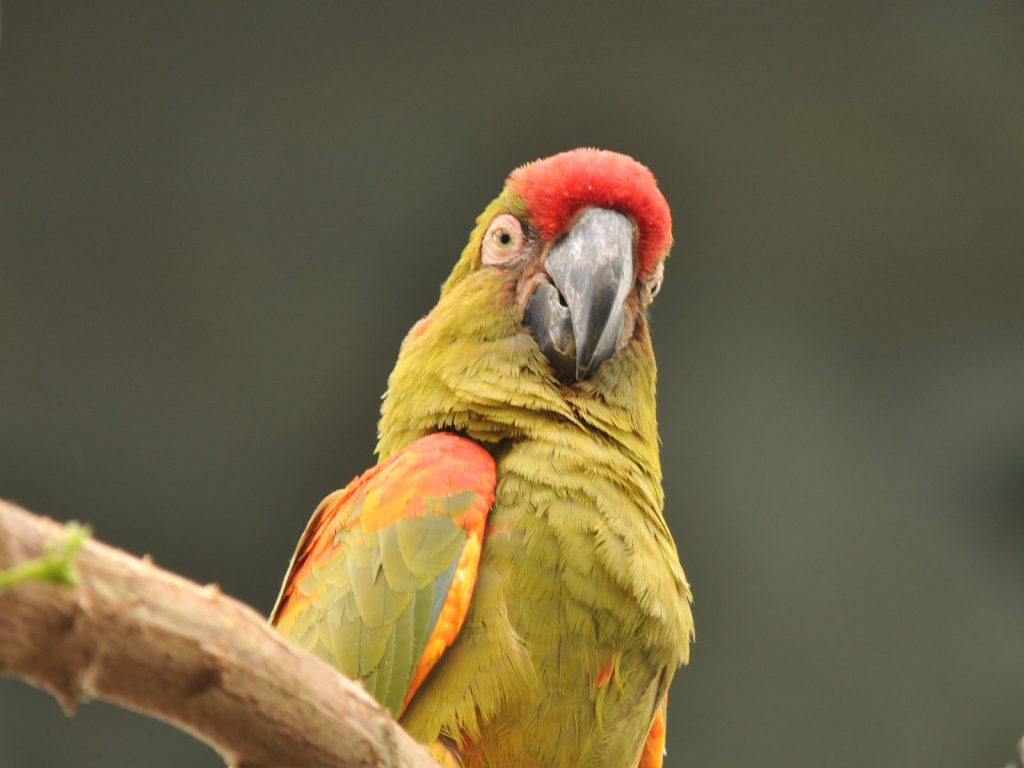
This smaller macaw species has olive-green plumage with red on its forehead and wings. Native to Bolivia’s arid mountain valleys, it’s adapted to drier climates than most of its rainforest-dwelling cousins.
Fun fact: Red-Fronted Macaws are excellent at mimicry and love to chatter in flocks.
Hybrid Macaws: Nature (and Captivity) Gets Creative
Many macaws hybridize in captivity, resulting in dazzling crosses like the Catalina Macaw (Scarlet × Blue-and-Yellow) or the Harlequin Macaw (Blue-and-Yellow × Green-Winged). While hybrids aren’t found in the wild, they are popular in aviculture for their unique colorations and personalities.
Conservation Matters
Unfortunately, many macaws are threatened by habitat loss, illegal pet trade, and deforestation. Organizations across the globe are working to protect these birds through breeding programs, habitat restoration, and education.
In Summary
Macaws aren’t just pretty faces—they’re smart, social, and vital to the ecosystems they call home. Whether it’s the bold Blue-and-Yellow, the rare Blue-Throated, or the massive Hyacinth, each type of macaw tells a story of color, survival, and wonder.
Thinking of a pet macaw? Be sure to do your research—they’re long-lived, complex companions that need enrichment, space, and social interaction. For many people, enjoying macaws in the wild or through responsible conservation is the best way to appreciate these tropical treasures.
Disclaimer: This blog post is for edutainment purposes only and may not be entirely accurate.






